Flowers are an extremely popular, and much loved photography subject.
Perhaps it’s because flowers make strikingly beautiful images, or maybe it’s the simple fact that flowers are exceptionally straightforward subjects to photograph.
Regardless, photographing flowers is fun –and even though it’s extremely popular, there are plenty of unique photo opportunities available. From close-up macros to the softly blurred “shoot-through effect,” there are plenty of dynamic and fascinating photos just waiting to be captured.
Whether you are just starting out, or have been at it a while and just looking for new ideas for capturing unique and striking flower images, here are some tips to help you to get the most out of your flower photography.
1. Be Prepared
While flower photography isn’t as challenging as say –storm photography, it still pays to be well prepared when you head out.
When photographing flowers, you’ll want to make sure that there will be little to no wind. The slightest breeze can cause your flower to sway –resulting in unintentional blur. While it is almost impossible to avoid wind altogether, you can go prepared by bringing something to help block the wind from completely disrupting your image. You should also be sure to check the forecast, because while a few raindrops can add something special to your image –a sudden downpour can ruin not only your image, but your camera as well.
→ Related reading: Making the Most of Bad Weather
2. Get Close
There’s a saying, “If your photographs aren’t good enough, you’re not close enough.” While large groups of wildflowers can be intriguing, you can achieve a different perspective by isolating your flower –either by zooming in completely or by blurring the background. Both options can result in unique and beautiful images.
→ Related reading: How to Create Beautiful Bokeh in Nature Photography
3. Use a Wide Aperture
Using a wide aperture is a great way to draw the subject into focus, while gently blurring out the background. If you’re fortunate enough to have some backlighting, this effect might even result in beautiful bokeh –softly blurred spheres of light. When using a wide aperture, it’s especially important to make sure your focal point is clear. Identify the main point of interest, and try to make sure it’s as sharp as it can be. In most cases, you’ll want to focus on the center of the flower.
→ Related reading: Why Shoot in Aperture Priority Mode
4. Shoot Through Another Flower
Shooting through another petal with a wide aperture results in a softly blurred foreground, casting the entire image into a beautiful wash of color. To create this effect, find a petal or a leaf that’s positioned in the foreground of your subject and place your camera about an inch away from the petal. Then, photograph using a wide aperture. The closer you get, the more blurry the image will be.
5. Look for Tiny Subjects
Lookout for insects to include in your images –they make great micro subjects. Small caterpillars, bees, and butterflies are especially photogenic creatures, and can add a sense of life and action to an otherwise still image.
→ Related reading: 4 Easy Tips to Photograph Bees
6. Think Outside the Box
You don’t have to always capture the entire flower to create a compelling image –capturing bits and pieces of a flower can be a great alternative style. Zooming in on certain parts of the flower for abstract images can result in unique, and mysterious abstract images.
7. Get the Right Lighting
Lighting can make or break your flower photography. Harsh overhead lighting can cause the colors to appear washed out, so if you’re shooting on a bright sunny day, you may want to look for a way to diffuse the light; either by creating some shade, or using a diffuser. Lighting that is gently diffused –like the light that’s found on an overcast day, provides ideal, even lighting that makes the colors appear more vibrant and even. Golden hour is another desirable time of day for flower photography. Backlighting during golden hour is especially beautiful; this light often causes flowers to glow.
8. Think of the Backgrounds
The background is an important feature in any photograph – flower photography included. Some photographers bring along their own backgrounds – a piece of colored card or even an assortment of different colors can make a great, simplified background. Have fun experimenting with different colors and noting the effect on the images. On a clear day, angling the camera up to capture the blue sky can make for a beautiful simplified background.
9. Choose Your Lens Carefully
Every photographer has their favorite lens. Those who photograph flowers are no different. There is no one right lens – in most cases, it is purely preference. Some prefer to use telephoto lenses since you these lenses are a great way to separate the flower from the background. Others prefer a prime lens – 50 or 85mm lenses are both good option. For macro images though, nothing beats a true macro lens for capturing miniscule details. While choosing a lens is important, you can get some great photographs with just about any lens. However if you are serious about flower photography, you might want to consider investing in a more specialized lens. As a bonus tip, you may want to use a tripod –it will help you to capture sharper images, and allow you to get longer exposures.
→ Related reading: Reviews of the Best Macro Lenses for Canon and Nikon
10. Keep the Big Picture in Mind
In many cases, you’ll most likely want to focus on one flower, sometimes though it can be nice to include a little bit of the context in some of your photos. Are you shooting in a wooded area? Are you surrounded by other flowers of the same type? Stepping back and taking in a bit of the surrounding picture can help add something unique to your shot and give it some depth. Don’t be afraid to take your time and experiment to find what works for you.
With flower photography, you don’t have to travel to an exotic location to get the best flower images. Most places have beautiful flowers, just waiting to be captured. If you don’t have any flowers near you, then visit the park, go to the flower nursery, buy a potted plant, or select a bouquet from the store – then have your own personal photoshoot right at home.
Flowers are extremely photogenic subjects and can result in extremely rewarding images. Unlike some subjects, flowers hold still, so you have the luxury of being able to pause and carefully compose your images before shooting. Don’t be afraid to experiment and try new things – and have fun capturing unique and fun images.
Happy shooting!
What about you? Have you tried your hand at flower photography? Share your tips with us in the comments.
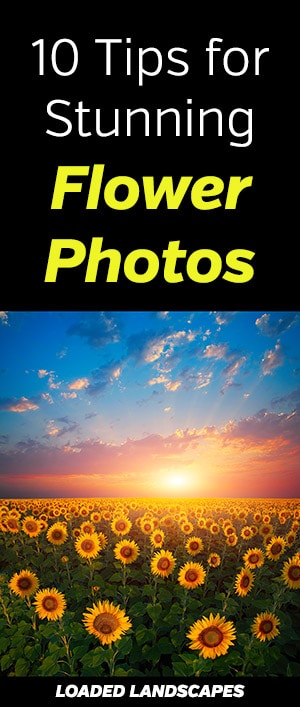
Photo license links: CC BY 2.0, CC BY-SA 2.0, CC BY-ND 2.0

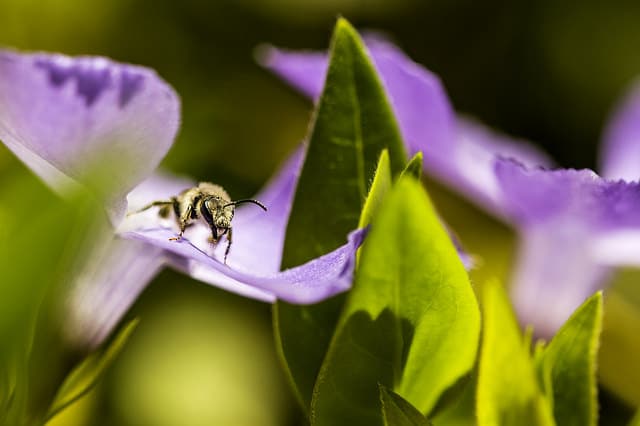



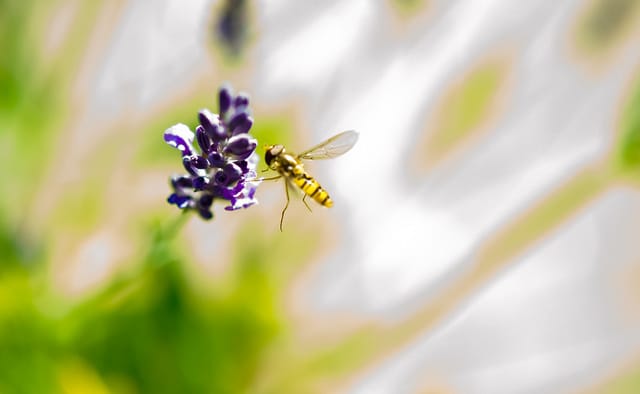


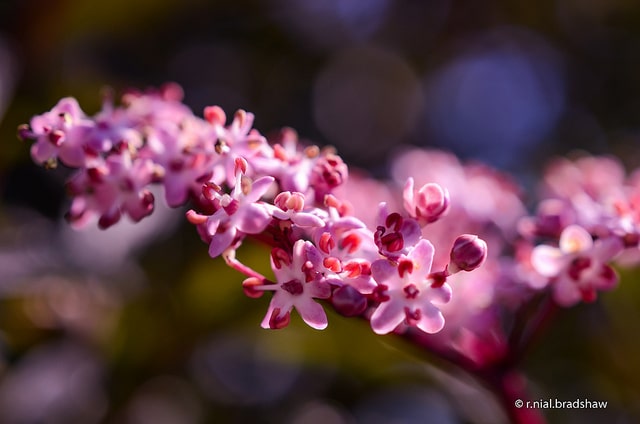
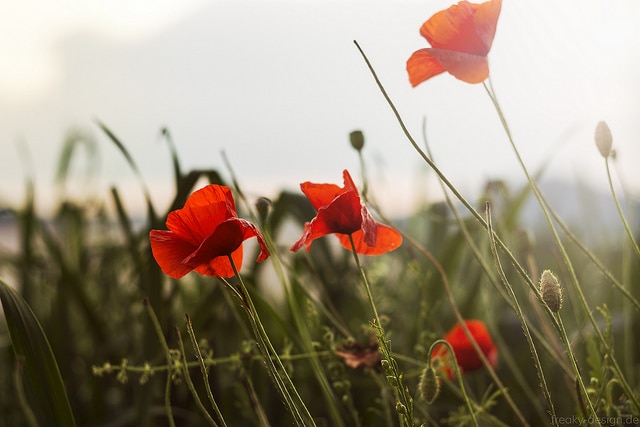

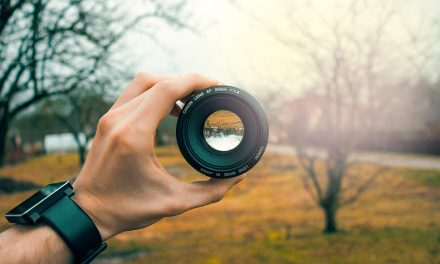

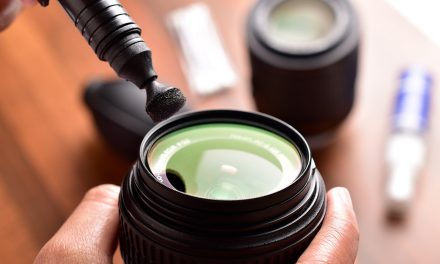
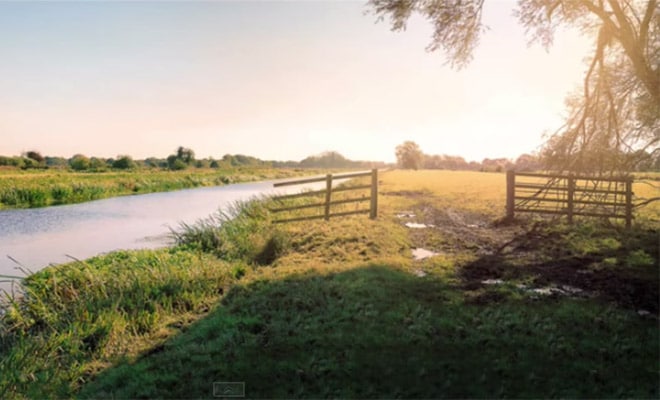





I also find it helpful to keep my dof as smuch as I can by adjusting aperture mid range to also achieve bokeh.
My favorite time to photograph my flowers is in the dark of night with a flash. It often produces photos that make the flower’s colors extra bold, popping out of the darkness as if suspended in midair. I’m only an amateur photographer and my only camera is attached to my cellphone but I can still pull off some decent shots. Noticing the background is so important. Some of what could have been my favorite photos are ruined by a fence, a piece of trash or once, my own toes, in the background. Some things can’t be cropped or blurred without losing the effect or having to scrap the whole thing. Thank you for this wonderful article. I can’t wait to try your suggestions!
I use a black felt mat behind flowers to really make the colors jump out. I also wear a large brimmed hat to all my shoots to keep the runoff of my neck on a long day of shooting, but also to use as a wind and sun blocker when needed.